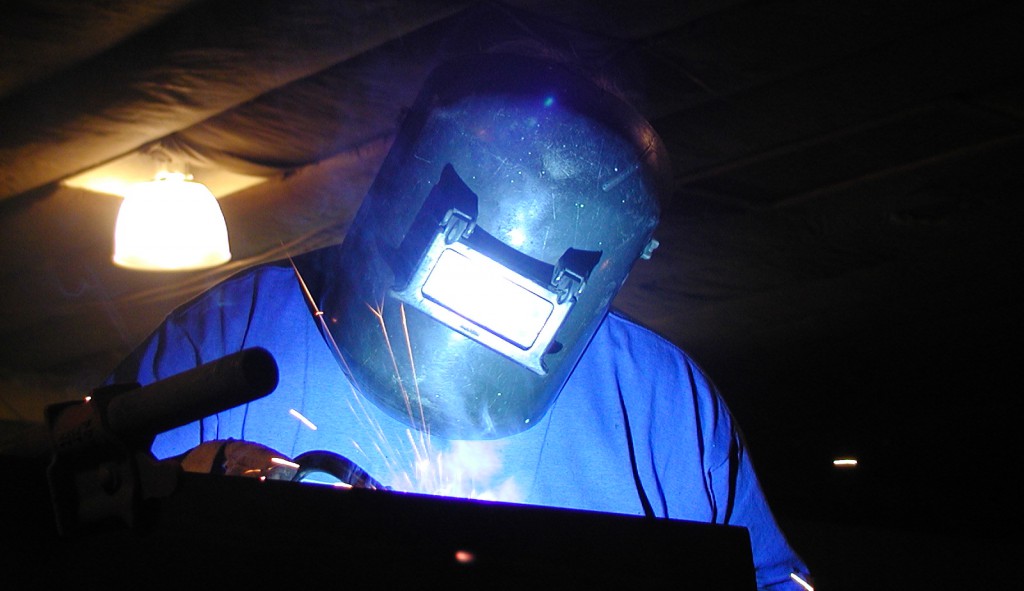Goggles Under Masks
The most ideal approach to control eye injuries is likewise the most straightforward: legitimate choice and utilization of eye protection. Helmets alone don’t sufficiently offer enough eye protection. Welders ought to wear goggles or security glasses with side-shields that comply to ANSI Z87.1 under welding helmets and always wear goggles or other suitable eye protection when gas welding or oxygen cutting. Goggles give better protection over safety glasses from impact, dust, and radiation hazards and are overall better for promoting welding safety.
Sadly, workers don’t always wear goggles or safety glasses because of lack of risk acknowledgement and eye injury prevention, inadequately maintained lenses, discomfort, needing prescription lenses underneath, and vanity. It is critical to stress to workers that welding-related eye injuries originate from various sources, including:
- mechanical damage from being struck by flying particles and chipped slag;
- radiation and photochemical burns from ultraviolet radiation (UVR)
- infrared radiation and intense blue light
- irritation and chemical burns from fumes and chemicals.
To help in enforcing eye injury prevention and welding safety, you should educate workers about all of the dangers they face and should implement an eye protection plan that outlines proper welding behavior.
Machining Protection
Helmets and protective clothing shield welders from “sunburn” and “welder’s flash,” but with the majority of their work performed with the helmet up, welders also need to wear goggles or safety glasses with side-shields to promote eye injury prevention and welding safety. These will protect them from particles sent flying during pre-job grinding, hammering, and power chipping that make it past the helmet’s protective front.
For most jobs, eye protection that conforms to ANSI Z87.1 is sufficient. However, shields or goggles with shade ratings of 3-8 should be worn for gas welding. For arc welding, safety glasses should be worn under shields.
Some guidelines and safety warnings for welding suggest workers should not wear contact lenses, even though there does not appear to be any research that would support such a recommendation. In fact, the National Safety Council, the American Welding Society, and the FDA all acknowledge that wearing contact lenses while welding is safe and even can provide UV protection. The only caveat is that contact lenses should not be used as eye protection in place of safety glasses or goggles. They key to eye injury prevention is to always wear all of your protective gear, not just some of it.



Mike Roles liked this on Facebook.